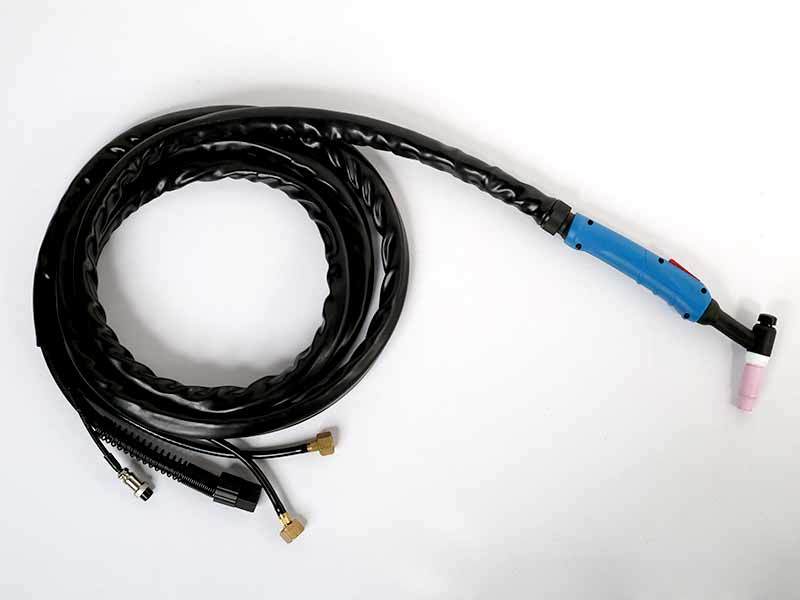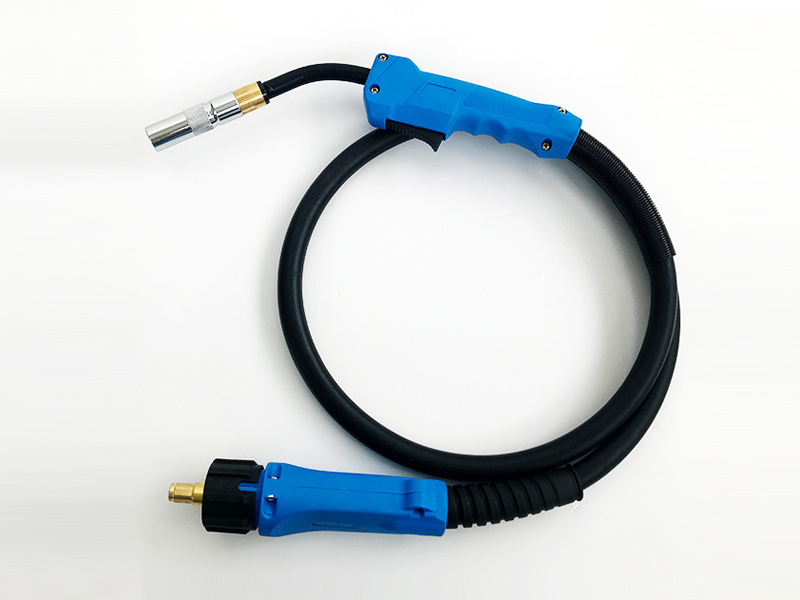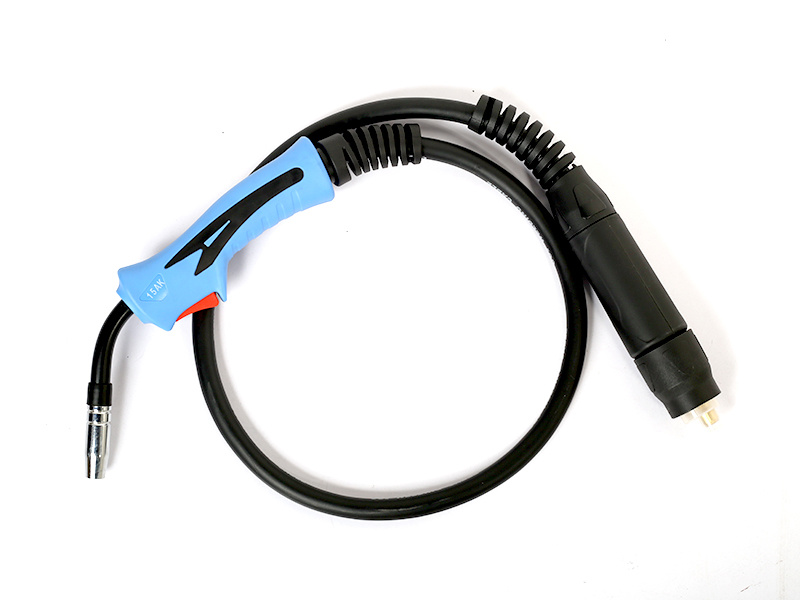language
Comparing Blowpipe Welding to Other Welding Techniques: A Comprehensive Guide
Sep 14,2025
Comparing Blowpipe Welding to Other Welding Techniques
Table of Contents
Introduction to Welding Techniques
What is Blowpipe Welding?
Advantages of Blowpipe Welding
Overview of Other Welding Techniques
Comparative Analysis of Blowpipe Welding and Other Techniques
Applications of Blowpipe Welding
Best Practices for Successful Welding
FAQs about Blowpipe Welding
Comparing Blowpipe Welding to Other Welding Techniques
Table of Contents
- Introduction to Welding Techniques
- What is Blowpipe Welding?
- Advantages of Blowpipe Welding
- Overview of Other Welding Techniques
- Comparative Analysis of Blowpipe Welding and Other Techniques
- Applications of Blowpipe Welding
- Best Practices for Successful Welding
- FAQs about Blowpipe Welding
- Conclusion
Introduction to Welding Techniques
Welding serves as a vital process in various industries, ensuring the structural integrity of metal components. From construction to automotive manufacturing, different welding techniques cater to distinct operational needs and materials. In this guide, we will delve into **blowpipe welding** and compare it with other prevalent welding methods, offering insights that will assist you in choosing the best technique for your specific application.
What is Blowpipe Welding?
Blowpipe welding, also known as oxy-fuel welding, involves the combustion of gases—primarily oxygen and acetylene—to produce a flame that melts the workpieces and allows for the fusion of metals. This technique is widely recognized for its versatility and simplicity, making it accessible for both professional welders and hobbyists.
Blowpipe welding is particularly effective for thin materials and intricate joining tasks. The welder can easily control the flame size and heat, which is crucial for achieving optimal weld penetration and minimizing warping.
Advantages of Blowpipe Welding
Blowpipe welding offers several advantages that distinguish it from other welding techniques:
1. Cost-Effective
The equipment required for blowpipe welding is relatively inexpensive compared to other methods like TIG or MIG welding. This affordability makes it an attractive option for small businesses and individual welders.
2. Versatility
With blowpipe welding, operators can work with various metals, including steel, aluminum, and copper. This versatility is beneficial for projects that require joining different materials.
3. Portability
Blowpipe welding equipment is typically portable, allowing for easy transportation to various job sites. This feature is particularly advantageous for fieldwork and repair jobs.
4. Ease of Use
Learning to operate blowpipe welding equipment takes less time than mastering more complex techniques. This accessibility is ideal for beginners entering the welding field.
5. Wide Range of Applications
Blowpipe welding is utilized in diverse applications, from metal art creation to automotive repair and plumbing. Its adaptability makes it suitable for various industries.
Overview of Other Welding Techniques
While blowpipe welding is beneficial, several other welding techniques also serve critical functions in different environments:
1. MIG Welding (Metal Inert Gas)
MIG welding uses a continuous wire feed as an electrode and is shielded by an inert gas. This process is highly efficient for high-volume production and is favored in the automotive industry.
2. TIG Welding (Tungsten Inert Gas)
TIG welding employs a non-consumable tungsten electrode that produces a strong, high-quality weld. While it requires more skill than blowpipe welding, it is ideal for thin sections and specialized applications.
3. Stick Welding (Shielded Metal Arc Welding)
Stick welding is a manual arc welding process that uses a consumable electrode coated in flux. This technique is effective for outdoor work and can be used on rusty or dirty metals, where other techniques may struggle.
4. Plasma Arc Welding
Plasma arc welding involves ionizing gas to create a plasma arc, which can weld or cut metals. This method excels in precision and is often used in high-tech industries, such as aerospace.
Comparative Analysis of Blowpipe Welding and Other Techniques
Understanding the differences between blowpipe welding and other techniques is crucial for selecting the right method for your project. Here, we explore key aspects of comparison:
1. Cost and Accessibility
Blowpipe welding stands out for its low initial investment in equipment. Although MIG and TIG welding offer advantages in speed and quality, the startup costs can be significantly higher.
2. Skill Level
For beginners, blowpipe welding is more approachable. TIG welding, on the other hand, requires more training and practice to master. As a result, those new to welding often prefer blowpipe methods for simpler tasks.
3. Speed and Efficiency
In high-production scenarios, MIG welding is often the fastest method. Blowpipe welding, while effective for certain applications, typically operates at a slower pace due to the manual nature of the process.
4. Quality of Weld
TIG welding is renowned for producing clean, high-quality welds with minimal defects. Blowpipe welding, while effective, may require more cleanup and finishing work, particularly on thicker materials.
5. Application Suitability
Each welding technique is suited for different applications. Blowpipe welding excels in artistic and repair work, while MIG and TIG welding dominate in manufacturing and high-precision environments.
Applications of Blowpipe Welding
Blowpipe welding finds application in various fields due to its versatility:
1. Artistic Metalwork
From sculptures to decorative pieces, blowpipe welding allows artists to manipulate metal creatively, achieving intricate designs.
2. Automotive Repair
Mechanics frequently use blowpipe welding for repairing exhaust systems and other thin metal components, thanks to its fine control and heat management.
3. Plumbing
Plumbers often utilize blowpipe welding for joining copper pipes, where precise heat control prevents damage to the surrounding materials.
4. Maintenance and Repair
In industrial settings, blowpipe welding is often used for maintenance tasks, allowing quick repairs on-site without the need for extensive equipment.
Best Practices for Successful Welding
To achieve optimal results with blowpipe welding, consider the following best practices:
1. Proper Setup
Always ensure that your equipment is set up correctly and that the gas pressures are calibrated as per the manufacturer's specifications.
2. Joint Preparation
Clean the surfaces to be welded thoroughly to ensure a strong bond. Remove any grease, rust, or contaminants before starting.
3. Appropriate Flame Settings
Adjust the flame to suit the material thickness and type. A neutral flame is often ideal for most welding tasks, balancing heat and control.
4. Practice and Patience
For novice welders, practice is essential. Take the time to hone your skills on scrap materials before attempting more critical projects.
5. Safety First
Always wear appropriate personal protective equipment (PPE), including goggles, gloves, and protective clothing, to ensure safety during the welding process.
FAQs about Blowpipe Welding
1. Is blowpipe welding suitable for all types of metals?
Blowpipe welding is effective for various metals, including steel, aluminum, and copper, but may not be ideal for all high-strength alloys.
2. How does blowpipe welding compare to MIG and TIG welding in terms of heat control?
Blowpipe welding offers good heat control, but TIG welding provides superior precision, allowing for finer adjustments in heat settings.
3. Can blowpipe welding be used for thicker materials?
While blowpipe welding can be used for thicker materials, it is best suited for thinner sections. For thicker materials, techniques like MIG or stick welding may be more effective.
4. What safety precautions should I take when blowpipe welding?
Always wear appropriate PPE, work in well-ventilated areas, and ensure fire safety measures are in place to prevent accidents and injuries.
5. How can I improve my blowpipe welding skills?
Practice is key. Additionally, consider enrolling in welding courses or workshops to gain expert guidance and hands-on experience.
Conclusion
Blowpipe welding remains a valuable technique within the welding landscape, offering versatility, cost-effectiveness, and ease of use. While it may not match the speed and precision of MIG or TIG welding, its applications in artistic work, automotive repair, and plumbing highlight its importance. By understanding the strengths and limitations of blowpipe welding in comparison to other methods, you can make informed choices that will ultimately enhance your welding projects. Whether you are a seasoned professional or a hobbyist, mastering blowpipe welding can enrich your skill set and open up new avenues in metalworking.
Add
Xing village, lvgongbao town, renqiu city, hebei province, china









